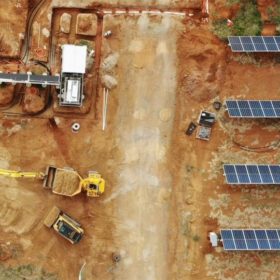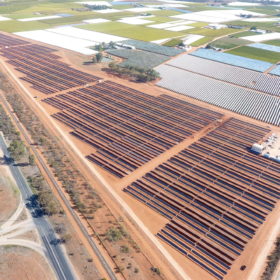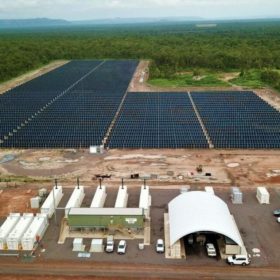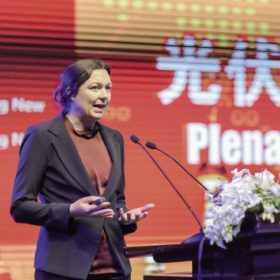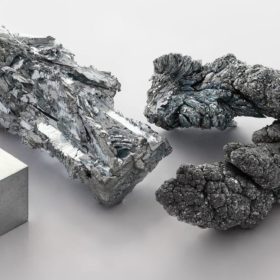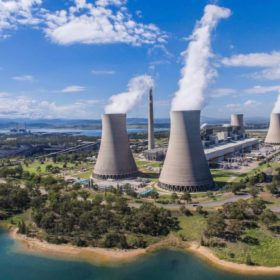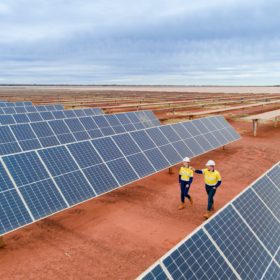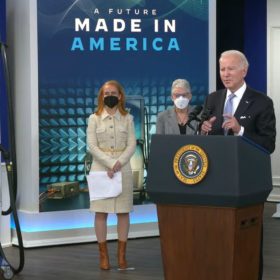Mytilineos breaks ground on 110 MW Moura solar project
Greece-based industrial conglomerate Mytilineos has initiated construction works at its 110 MW Moura Solar Farm in central Queensland as it looks to further cement its position in the Australian renewable energy market.
Councils unite to secure renewable energy purchase agreement
A group of New South Wales local councils have banded together to secure a power procurement agreement with solar-focused electricity retailer Mojo Power that they say will allow them to satisfy the electricity demands of their major infrastructure with 100% renewable energy while providing a path for participants to reduce their overall emissions.
What does the future hold for wind and solar in the NEM – seen via GenInsights21?
Global-Roam and Greenview Strategic Consulting collaborated together recently to publish the Generator Insights 2021 report, taking a deep dive into historical generation performance across the national electricity market and considering what this means for the future. In this article, Marcelle Gannon shares some highlights around the increasing penetration of large-scale wind and solar generation, including historical changes in time-of-day earning patterns, the increasing importance of forecasting of renewable output, and some longer-term challenges.
Milestone as solar PV provides 100% power for Territory town
The remote Northern Territory township of Jabiru, deep in the heart of the Kakadu National Park, has been powered 100% by solar PV during the final commissioning of the new Jabiru Hybrid Renewable Power Station.
‘Solar and wind deployment could not now be stopped if we wanted to’
BloombergNEF’s Jenny Chase has surveyed the state of affairs in world solar for clean energy journal Joule and said the technology’s historic ability to surmount obstacles – and persistently confound analysts’ predictions – should offer a reason for hope.
Zinc batteries: Old technology brings new values
In battery storage, there is no silver bullet chemistry type and as we move towards more ambitious decarbonization goals, room is being made for diverse systems. As an old technology with new vitality, zinc-based batteries are edging closer to commercialization, leveraging their unique ability to be configured for short and long duration operation. They are safer, longer lasting and, in some cases, reportedly up to 50% cheaper than lithium-ion batteries and, following recent game-changing advances, the prospects for zinc look much more exciting. pv magazine sat down with the manager of the newly established, global Zinc Battery Initiative, Josef Daniel-Ivad, to discuss the technology’s market position and developments.
Latent heat thermal storage with PV for nearly zero-energy buildings
Researchers in Italy are combining PV with latent heat thermal storage (LHTM) and other renewable energy sources to maximize clean energy consumption in buildings. The 47kW PV array and LHTM system work independently, but the scientists said that a heat pump could be used to link them.
AGL accelerates closure of coal-fired power plants
Australian energy major AGL has fast-tracked the closures of its two biggest coal-fired power plants by several years as it pushes ahead with plans to demerge in response to the ongoing market shift towards renewable sources of electricity.
Fortescue unveils plans for massive 5.4 GW renewable energy project in Pilbara
Mining giant Fortescue Metals Group has unveiled details of a massive 5.4 GW solar PV, wind and battery energy storage project it plans to build to power its iron ore mining operations in Western Australia’s north-west.
U.S. President provides backing for Brisbane-based EV charging company
Australian electric vehicle charging powerhouse Tritium continues to make inroads in the international market with United States President Joe Biden providing his backing for the company after it announced it will develop a new DC fast-charger manufacturing facility in the southern state of Tennessee.
